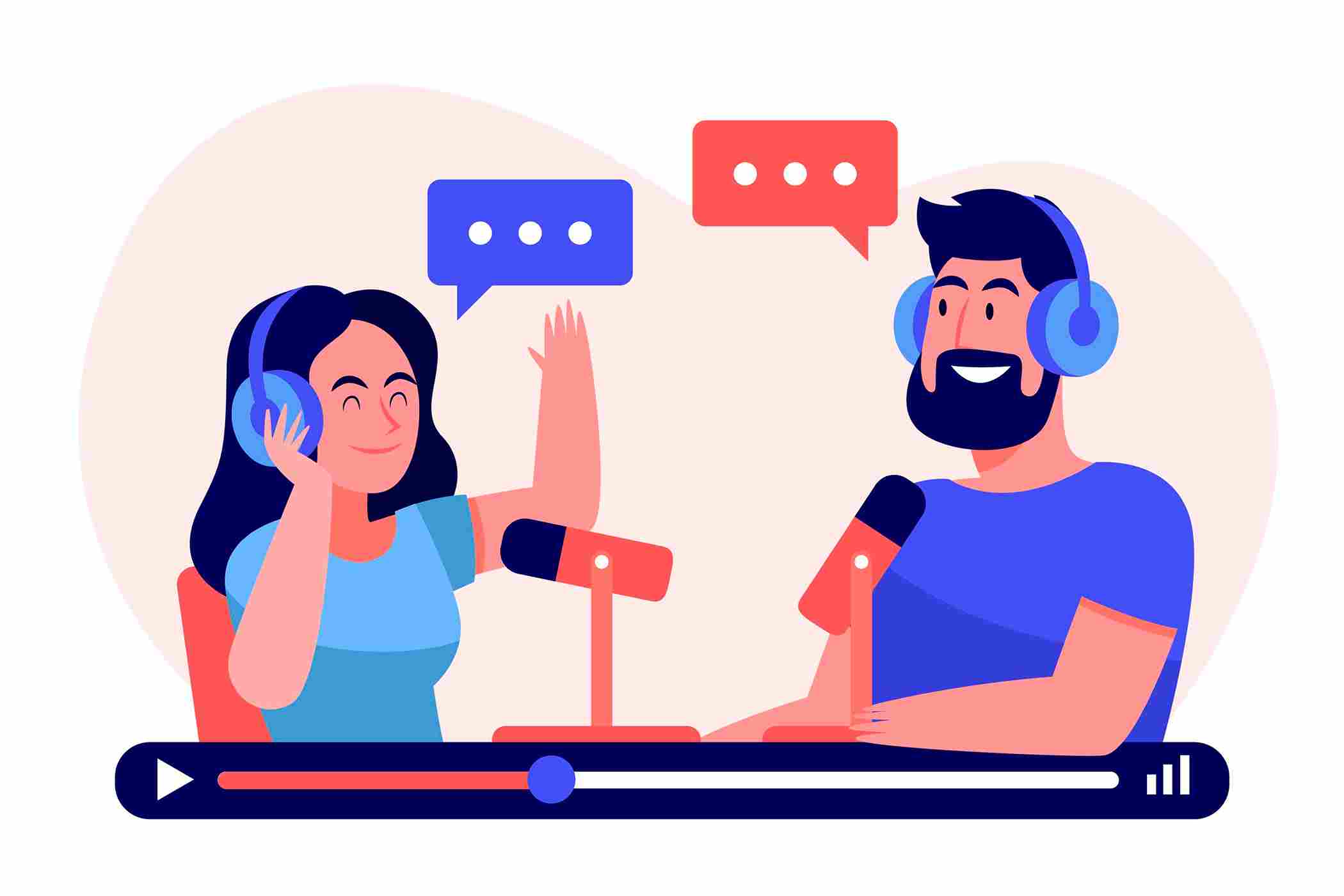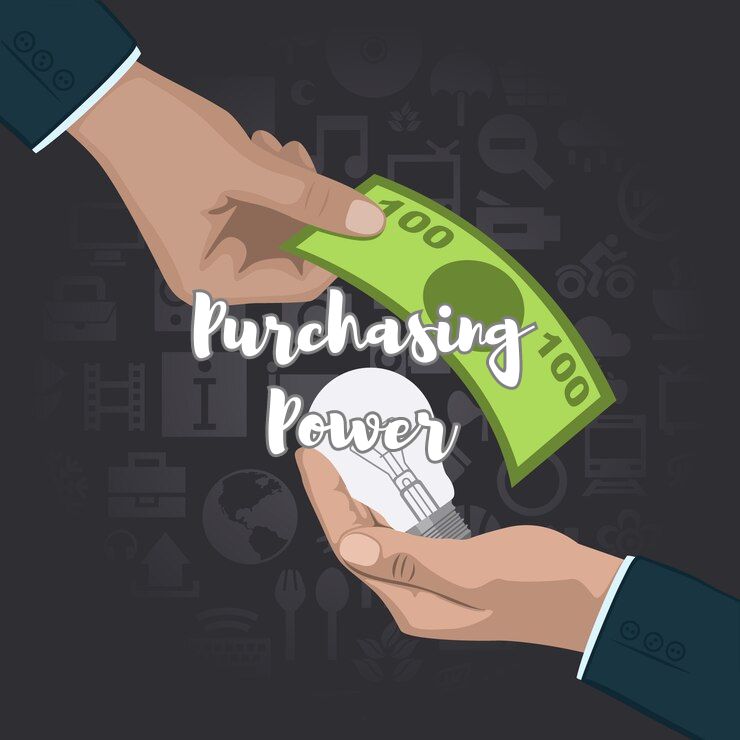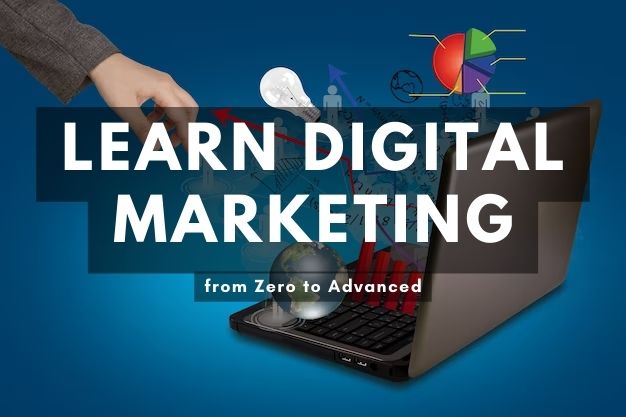What is a Video Podcast and How Does It Work?
A video podcast is a type of digital media that combines audio and video content. It can be downloaded or streamed online and played on various devices, such as computers, smartphones, tablets, or smart TVs. Video podcasts are similar to regular podcasts, but they offer more visual information and engagement for the viewers. Some video podcasts are recorded live, while others are edited and produced before being released.
A video podcast is a type of podcast that includes video content as well as audio. Video podcasts can be watched on various platforms, such as YouTube, Vimeo, iTunes, Spotify, or on the podcast's own website. Video podcasts can offer a more engaging and interactive experience for the audience, as they can see the faces and expressions of the hosts and guests, as well as any visual aids or demonstrations that are relevant to the topic.
Video podcasts can be produced in different formats, such as:
- Interview: The host interviews one or more guests on a specific topic or theme.
- Panel: The host moderates a discussion among several experts or influencers on a current issue or trend.
- Tutorial: The host teaches the audience how to do something, such as a skill, a craft, or a recipe.
- Review: The host reviews a product, a service, or a piece of media, such as a book, a movie, or a game.
- Storytelling: The host narrates a story, either fictional or non-fictional, using sound effects and music to create an immersive atmosphere.
To create a video podcast, you will need some basic equipment and software, such as:
- A camera: You can use a smartphone, a webcam, or a professional camera to record your video. Make sure you have good lighting and a stable tripod or stand to avoid shaky footage.
- A microphone: You can use the built-in microphone of your camera or smartphone, or invest in an external microphone for better sound quality. You can also use a headset or earphones with a mic if you prefer.
- Video editing software: You can use free or paid software to edit your videos, such as iMovie, Windows Movie Maker, Adobe Premiere Pro, or Final Cut Pro. You can trim, crop, and add transitions, effects, titles, captions, and more to your video.
- A podcast hosting service: You will need a platform to upload and distribute your video podcast to your audience. You can use YouTube, Vimeo, iTunes, Spotify, or other podcast-hosting services that support video. You will also need to create an RSS feed for your podcast so that your listeners can subscribe and get notified of new episodes.
Video podcasts can be a great way to showcase your personality, expertise, and creativity to your audience. They can also help you grow your brand awareness, reach new markets, and generate revenue from ads or sponsorships. However, video podcasts also require more time and resources than audio podcasts, so you should plan ahead and have a clear vision for your content before you start.
If you are interested in creating your own video podcast, here are some tips to help you get started:
- Define your niche and target audience: What is the main topic or theme of your podcast? Who are you trying to reach and what value are you offering them? Having a clear focus and purpose for your podcast will help you create relevant and engaging content for your listeners.
- Choose a format and style: What kind of video podcast do you want to create? How long will each episode be? How often will you release new episodes? What tone and mood do you want to convey? Choosing a format and style that suits your topic and audience will help you structure your podcast and set expectations for your listeners.
- Plan your content: What are the main points or messages that you want to share in each episode? What are the best ways to present them visually and audibly? How will you introduce and conclude each episode? Planning your content in advance will help you avoid rambling and stay on track with your podcast goals.
- Record and edit your video: How will you record your video? Where will you record it? What equipment and software will you use? How will you edit your video to make it appealing and professional? Recording and editing your video will require some technical skills and creativity, so make sure you practice and test your setup before you go live.
- Publish and promote your podcast: How will you upload and distribute your podcast? What platforms will you use? How will you create an RSS feed for your podcast? How will you promote your podcast to attract and retain listeners? Publishing and promoting your podcast will require some marketing skills and strategies, so make sure you research and optimize your podcast for maximum exposure.
Creating a video podcast can be a rewarding and fun experience if you have passion and dedication for your topic. Video podcasts can also help you connect with your audience on a deeper level and build trust and loyalty with them. If you are ready to take on the challenge of creating your own video podcast, follow these steps and tips to get started. Good luck!
Share This Post
Related Articles
What is Purchasing Power in Digital Marketing
Explore the dynamic concept of purchasing power in the digital marketing realm. Learn how businesses can leverage this knowledge to tailor strategies, engage their audience effectively, and drive sustainable growth. Dive into the world of consumer behavior online and discover the keys to crafting compelling offers and optimizing for relevant keywords.
How To Learn Digital Marketing from Zero to Advanced
Explore the comprehensive guide on how to learn digital marketing from scratch and advance your skills in the ever-evolving digital landscape. Master content marketing, social media, email campaigns, SEO, paid advertising, analytics, and advanced strategies. Start your journey to become a digital marketing wizard today!
What is Affiliate Marketing?
Affiliate marketing is a form of online marketing that involves promoting products or services of other companies and earning commissions for each sale or action. Affiliate marketers use various strategies such as blogging, social media, email marketing, SEO, and paid advertising to reach their target audience and persuade them to buy or sign up for the offers they recommend. Affiliate marketing can be a lucrative and flexible way to make money online, but it also requires dedication, research, and ethical practices.
Social Media Magic: How to Skyrocket Your Business with Digital Marketing
Discover the enchanting world of social media marketing and learn how to harness the magic of digital marketing to skyrocket your business. From Facebook to TikTok, this guide will show you the secrets to success in 2023!
Targeted Advertising: A Smart Strategy for Your Business
Targeted advertising is a form of online marketing that aims to deliver personalized messages to potential customers based on their interests, preferences, and behavior. By using data collected from various sources, such as web browsing history, social media activity, and online purchases, advertisers can create more relevant and effective campaigns that increase conversion rates and customer loyalty. Targeted advertising benefits both businesses and consumers, as it reduces the amount of irrelevant and annoying ads, and provides more value and satisfaction to the users.
Related FAQ
No related FAQ.
Say Hello
To Your Dream





